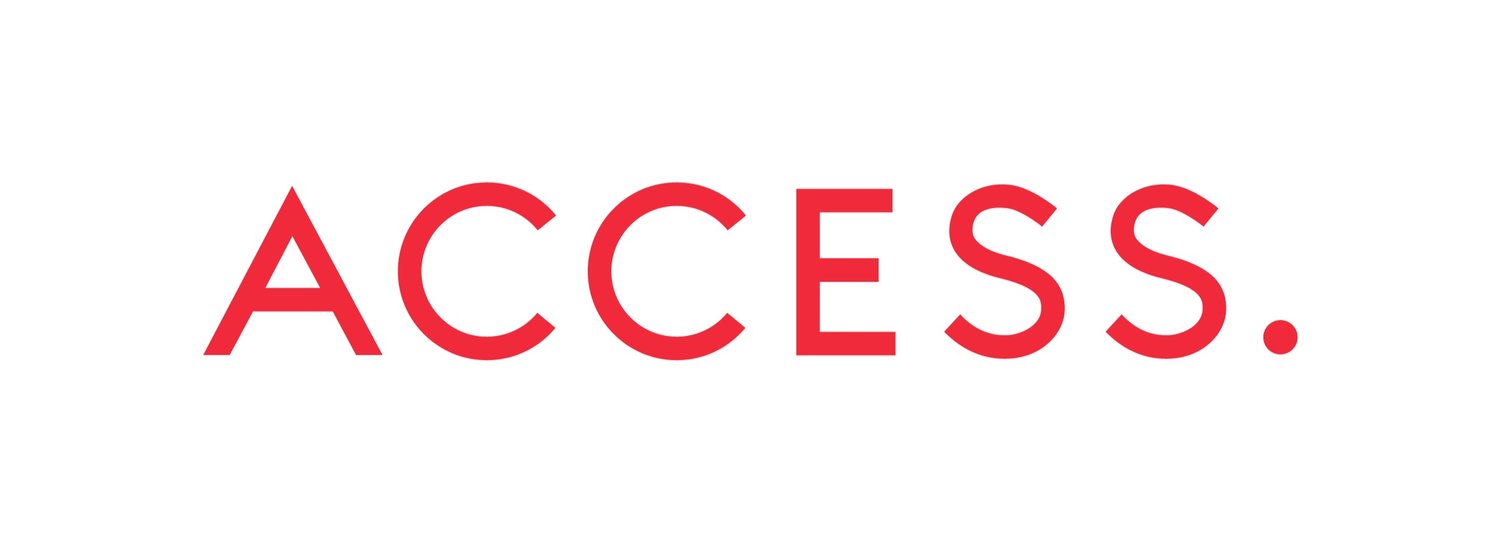By Michael Himmel, Managing Associate
The commission leading the public inquiry into the Ottawa LRT is busy drafting their final report after months of sessions that included public hearings and meetings. But it wasn’t until the final session that the Ottawa LRT’s well publicized growing pains could be seen for what they were: typical.
“Over and over again megaprojects are failing.
”
In an expert panel session held near the end of the inquiry, the commission heard from leading academics on megaprojects: Anne Stafford, Matti Siemiatycki and Bent Flyvbjerg. Professor Flyvbjerg (from Oxford) in particular is a prominent global authority on megaprojects. His research has analyzed data from more than 16,000 projects and has shown a clear trend in megaproject delivery; over and over again megaprojects are failing. To describe this Professor Flyvbjerg has coined the Iron Law of Megaprojects: over time, over budget, under benefits, time and time again. His research has shown that urban rail projects are typically late 70% of the time, and over budget by 40% on average.
The opening of the Ottawa LRT has been well documented as following Professor Flyvbjerg’s Iron Law of Megaprojects. The project was delivered 15 months late and was plagued with operational problems when it finally opened. It’s not fair or accurate to dismiss this project as a complete failure – it will ease congestion and enhance mobility in Ottawa for years to come. But we also can’t accept that the issues it experienced are inevitable. The inquiry examined multiple potential causes of the system’s problems, but two are worth highlighting.
Source: Wikipedia. By *Youngjin.
First, the inquiry zeroed in on the bespoke specifications of the project. There has been particular focus on the Alstom train cars used, which needed to be modified to meet the City of Ottawa’s requirements. New motors and additional doors were added to the trains, and manufacturing was shifted to Canada to meet federal funding requirements. Additionally, the Alstom trains operated with a new signalling and control system provided by Thales that had not been used previously with the Alstom technology. Consequently, Alstom was put in a position where it needed to develop a customized train technology solution (based on an existing product) that had not been previously vetted in a similar environment.
Second, as the project moved into its final stages and ultimately into operation, a challenging project governance environment was evident. Text messages reviewed by the inquiry revealed how WhatsApp became a venue for project oversight and decision-making. In particular, the mayor used this venue to interrogate the head of OC Transpo (Ottawa’s public transit agency) on the status of the project and to troubleshoot ongoing issues. This practice resulted in confusion on which decisions had been made and what testing standards were being followed. It also placed onerous demands on project staff to respond to inquiries while also trying to manage the transition to operations.
“A common failing in mega project delivery is we don’t learn from previous projects.
”
Both challenges described above highlight a common failing in megaproject delivery – we don’t learn from previous projects. Indeed, Professor Flyvbjerg’s research has shown this, as he notes that project delivery performance is not improving over time as you might expect if learning were occurring. In the case of the Ottawa LRT, this observation begs a few questions. Why couldn’t the City of Ottawa specify an existing train product that had been previously vetted in a similar environment and with a familiar signalling technology? Why weren’t the operational issues fully resolved before entering service? Why did political decision-makers feel they needed to short circuit project communication channels to get the information they needed? Surely other recent Canadian transit projects navigated similar issues (e.g. Waterloo LRT, Canada Line, Eglinton Crosstown).
“We should be examining the experiences of our peers in other jurisdictions and copying what works.
”
It’s tempting to say that the Ottawa LRT was unique and required unique solutions for delivery. But it’s important to ask whether a project truly is unique or if lessons might be drawn from experiences elsewhere – Professor Flyvbjerg has over 16,000 examples of past projects. In his testimony at the Ottawa LRT Inquiry, Professor Flyvbjerg stated, “If you hear anyone say [their] project is unique, you either need to fire them or re-educate them.” We should be examining the experiences of our peers in other jurisdictions and copying what works.


